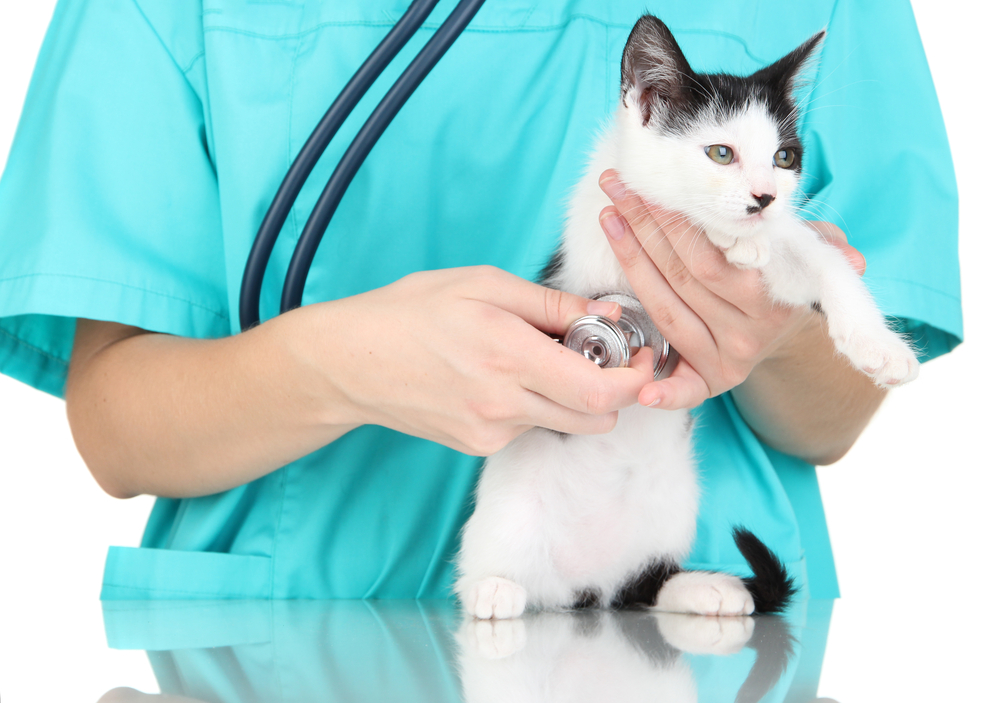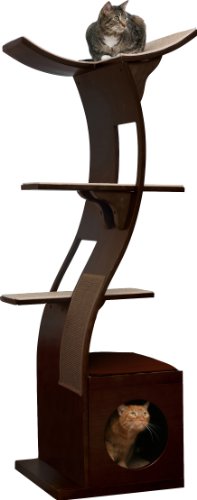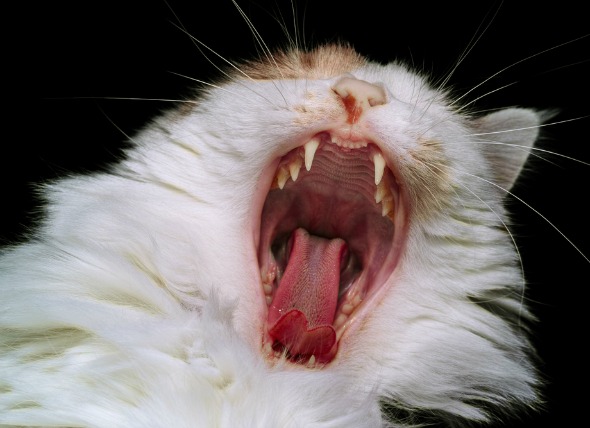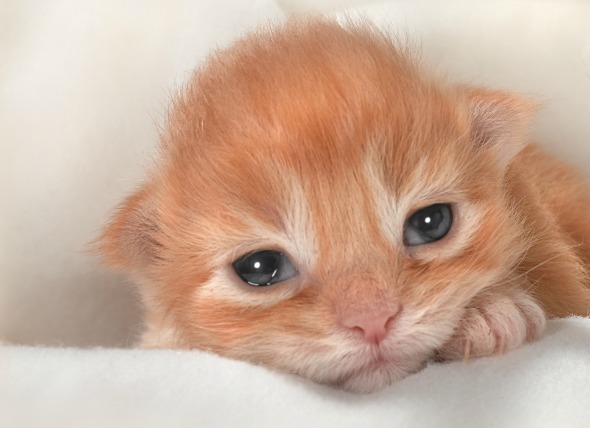

Ancylostoma hookworms are parasites that can invade, inhabit, and live in the small intestines of animals. The specific hookworms that infects cats are the Ancylostoma ceylanicum, and the Ancylostoma tubaeforme worms. In their fourth-stage larvae, these blood-sucking parasites can cause anemia and inflammation of the small intestine. Active worms will leave bite sites, and those sites may continue to seep blood at the site of the lesion. Internal infestation can also result in intestinal blood loss. Hookworm infestation can be fatal, especially in kittens. As such, owners need to be vigilant for signs of hookworms in their cats.
The time between the initial infestation of this parasite and the time it becomes communicable to other cats is from two to four weeks.
Early symptoms include lesions on the bottoms of the feet and in between the toes, where the hookworm has entered the skin. If hookworm larvae gets into the lungs through ingestion, there may be coughing. Other symptoms that may present include dark and tarry stool, diarrhea, and constipation. A cat infected with hookworm will have an unhealthy appearance and a poor appetite; the linings of its nostrils, lips, and ears will be pale. Complications can come about suddenly, and may result in death if your cat is not immediately treated.
Conversely, an older cat might be carrying a small number of worms and not show symptoms, where a young animal would be sickened by it.
Hookworm infestations are always caused by ingestion, or by larval penetration of the skin, and are generally found in contaminated water or contaminated environments. The hookworm is shed through the feces, and passed into dirt, where it typically migrates into the body through the feet when an animal walks on the infected soil, sand, or litter. Kittens will usually acquire this condition through their mother's milk.
Hookworms cannot be seen with the naked eye. Your veterinarian will need to conduct a microscopic examination of a stool specimen; the presence of eggs will confirm the diagnosis. This examination will also help your veterinarian to determine which course of treatment to prescribe, which can depend heavily on the age, weight, and condition of your cat. If some of the kittens in a litter have died, hookworms should be suspected.
To get rid of the worms, a deworming medication will be given to your cat to kill the worms or to expel them. Sometimes that is all that will be required. However, nutritional and iron supplements may also be necessary. With kittens, treatment should begin at three to four weeks of age and treated monthly thereafter.
With pregnant females, treatment should begin two weeks after breeding and continue until two to four weeks after the kittens are born to get rid of possible worms in the intestine, and to protect the kittens.
In severe cases, the cat (or kitten) will need to be hospitalized for fluid therapy, blood transfusion, and supplemental oxygen, depending on the severity of the anemia and the condition of the cat. Be aware, there is a possibility of sudden death even with treatment.
The environment where your cats sleep and relieve themselves must be kept clean. Pay particular attention to the accumulation of water in containers, low-lying areas, and even ponds. If you observe any of the above symptoms in your cat, take a sample of fecal matter to your veterinarian so that infection can be confirmed or ruled out quickly.
There are no inoculations for this parasitic infestation, so the only way you can protect your cat is by being observant and acting quickly. Although hookworm cases are rare in humans, the parasites can penetrate human skin, so care must be taken while treating your affected cat.
Image: Africa Studio via Shutterstock
 Acute Respiratory Distress Syndrome (ARDS) in Cats
Shock Lung in Cats
Acute Respiratory Distress Syn
Acute Respiratory Distress Syndrome (ARDS) in Cats
Shock Lung in Cats
Acute Respiratory Distress Syn
 Sleek Cat Tree Suits Modern Cozy Places
Felines Love (and Need) to Climb
Cred
Sleek Cat Tree Suits Modern Cozy Places
Felines Love (and Need) to Climb
Cred
 Chocolate Poisoning in Cats
Chocolate Toxicity in Cats
Although they’re not no
Chocolate Poisoning in Cats
Chocolate Toxicity in Cats
Although they’re not no
 Upper and Lower Jaw Fracture in Cats
Maxillary and Mandibular Fractures in Cats
The ma
Upper and Lower Jaw Fracture in Cats
Maxillary and Mandibular Fractures in Cats
The ma
 Eye Infection in Newborn Cats
Ophthalmia Neonatorium
One of the infections that
Eye Infection in Newborn Cats
Ophthalmia Neonatorium
One of the infections that
Copyright © 2005-2016 Pet Information All Rights Reserved
Contact us: www162date@outlook.com